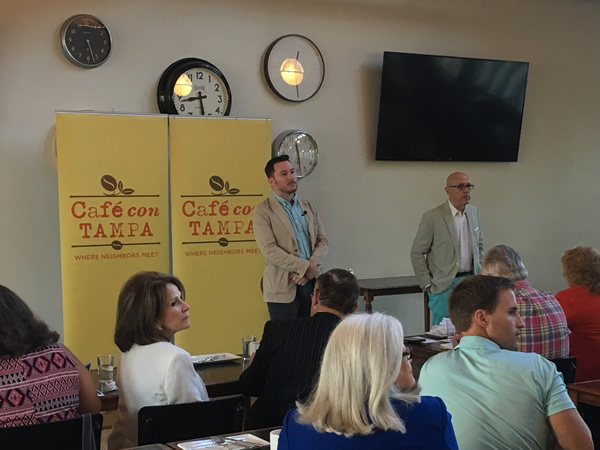
 Every Friday morning at 8:00 a.m., some of Tampa Bay’s most engaged citizens come to the main room in Oxford Exchange’s Commerce Club to attend Café con Tampa, a weekly gathering where guest speakers talk about issues that the Bay and the world beyond. It’s attended by an interesting audience that’s often a mix of movers and shakers from the worlds of arts, business, academia, and government, and put together by local heroes Del Acosta,President of the Historic Hyde Park Neighborhood Association, and Bill Carlson, President of the communications agency Tucker/Hall.
Every Friday morning at 8:00 a.m., some of Tampa Bay’s most engaged citizens come to the main room in Oxford Exchange’s Commerce Club to attend Café con Tampa, a weekly gathering where guest speakers talk about issues that the Bay and the world beyond. It’s attended by an interesting audience that’s often a mix of movers and shakers from the worlds of arts, business, academia, and government, and put together by local heroes Del Acosta,President of the Historic Hyde Park Neighborhood Association, and Bill Carlson, President of the communications agency Tucker/Hall.
Click the photo to see it at full size.
Today’s speaker at Café con Tampa was Josh Frank, who has an interesting — and controversial — idea: turning Interstate 275 from a highway into a boulevard like San Francisco’s Embarcadero or Paris’ Champs-Élysées.
Here are my notes:
- I’m an area native, originally a St. Petersburger, now living in Ybor City
- So I understand the context of I-275, how people use and see it
- Spent a year working on the TBX project
TBX is short for Tampa Bay Express, a project that was so unpopular with the people that it’s since been changed and rebranded as Tampa Bay Next. Many people still call it TBX, especially since many believe that it’s just TBX, part two.
- Sat at tables with various people who would be affected, talking to them about what they liked and didn’t like about their neighborhood
- At the end of the process, I left feeling dissatisfied
- Spent next 6 months on my urban community thesis, which focused on people’s interest in community, walkability, safer streets
- That’s when I came to the conclusion that it’s feasible to turn the stretch of 275 from a highway into a boulevard at grade with transit
- It allows more cross streets, which you can’t have right now
- It makes the areas around 275 more walkable
- Right now, without cross streets, there are certain parts where it can take an hour to cross 275
- It opens the question “What if you had more transit and light rail?”
Click the photo to see it at full size.
- Of all the traffic on 275, only 35% is “regional” — people from Wesley Chapel and other areas outside the city
- The other 65% is local
- DOT is studying alternatives, and replacing 275 with a boulevard is one of 7
- By 2019, they will conclude the study and start the decision-making
- I totally get the frustration of seeing this area flounder when it comes to choosing a solution
- DOT would have us study other cities, I would rather have other cities study us!
- We have the opportunity to be leaders in urban design
- We’re going to spend billions on TBX
- Think of this way: what can we do given those funds?
- I don’t want to see that money wasted on a project that at its end, “fills up”, and then requires another project to address its shortcomings
- That’s what will happen to TBX
Click the photo to see it at full size.
- The boulevard would increase the economic potential of those areas around it
- It’s an opportunity to lift people out of depressed economic situations
- Take away the interstate, you get 37 acres of developable land
- In those areas around 275, the people who live there spend 33% of income spent on transport
- Compare that with people in similar economic circumstances in Boston: they spend only 18% of their income on transport
- Imagine what they could do with 15% of their income freed up
Q&A
Click the photo to see it at full size.
Did your studies include health-related data?
- Yes
- Studied fine air particulates and air quality around 275
- If you can’t walk from your house in Tampa Heights to a couple of blocks away in Ybor because of 275, you’ll walk significantly less — you’ll always opt for the car, even for traveling walkable distances
A page from the documents that Josh passed around. Click the photo to see it at full size.
Would there be an elevated expressway for fast-moving cars?
- In the boulevard design, there’s a median in the middle, which you can use for all sorts of things, including transit, or an elevated expressway
- Why not just have all the fast-moving traffic using 75?
- It parallels 275, and is close enough to 75 that travel time between the two is negligible
- There’s less environmental and property value impact
- My design tries to solve as many problems as possible
- Other uses for that median:
- A large storm drain to help control flooding
- Municipal fiber / Google fiber
- It’s a big blank slate that’s ripe for creative ideas
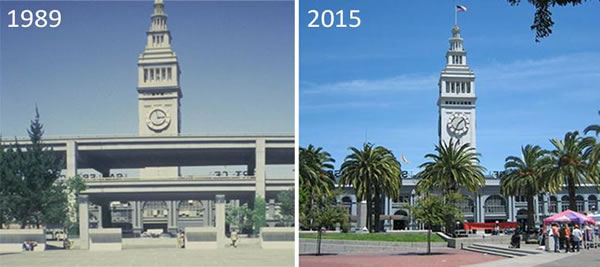
The Embarcadero, San Francisco, before and after.
Where else have they done a conversion of a highway into a boulevard?
- The reality is that interstates are expensive to maintain, and people ask they’re the best way to move people around
- In San Francisco, the ’89 quake destroyed the Embarcadero expressway, and they used it as an opportunity to create a lively mixed-used city boulevard
- They also decided to do this in:
You may want to check out Congress for the New Urbanism’s Highways to Boulevards pages, which cover highway-to-boulevard conversions in Boston, Chattanooga, Madrid, Milwaukee, Paris, Portland, San Francisco, Seoul, and Vancouver.
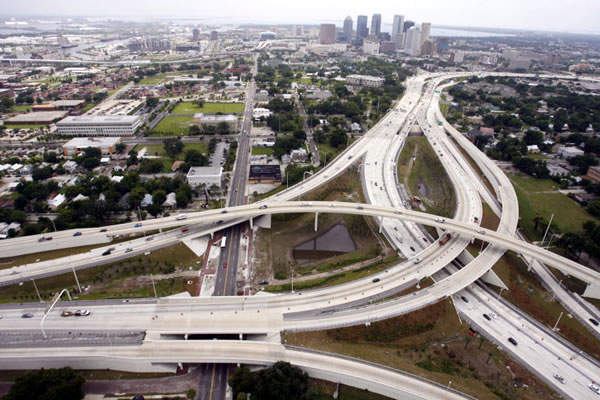
Tampas “Malfunction Junction”, the I-275/i-4 interchange.
With the boulevard, what happens to Malfunction Junction?
- With 275 turned into a boulevard, Malfunction Junction goes away
- You remove the knot, which removes the congestion and increases efficiency
- It also frees up a ton of land for neighborhoods to develop
- You don’t get 37 acres in a prime area opening up very often
- It’s an opportunity for us to think about the bigger picture
A page from the documents that Josh passed around. Click the photo to see it at full size.
What impact would a downtown baseball stadium have on your project?
- Any stadium that gets brought into downtown needs to be strongly transit-oriented
- Simply adding more roads will lead to what I call the “Fat guy, bigger pants” problem: the guy buys bigger pants while trying to lose weight, and never sheds pounds
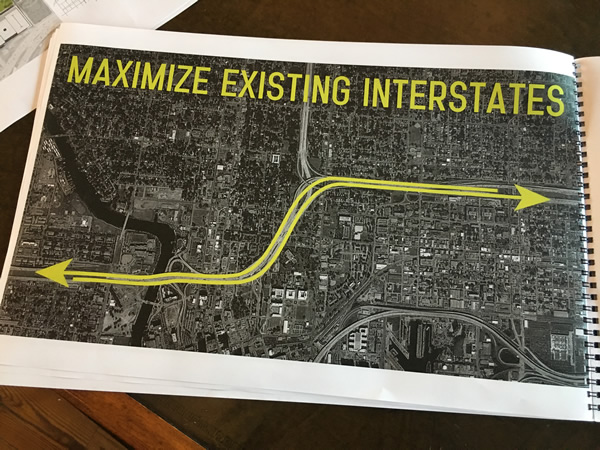
Will the boulevard project be completed in my lifetime? I’m 59 now.
- I’m 28, I’d love to see it completed before I’m 40
- The problem is that here in Tampa Bay, we don’t work so well together
- There are so many organizations involved, and each wants a specific thing
- In San Francisco, a project like this would be done in 10 years
- In order to succeed, it would require so many agencies to work together on a scale that hasn’t been done before
- It would take:
- One person with enough sway
- Or one group with enough interest
- Or a large enough group of people to agree to work together
A page from the documents that Josh passed around. Click the photo to see it at full size.
Is there an adequate amount of visionary leadership to support this?
- I wish there was
- Any urban solution takes a champion
- Some people would say Jeff Vinik is that champion, but he’s not a publicly elected person — he’s serving his commercial interest and those of his investors
- We wouldn’t have built 275 today the way we did 40 years ago
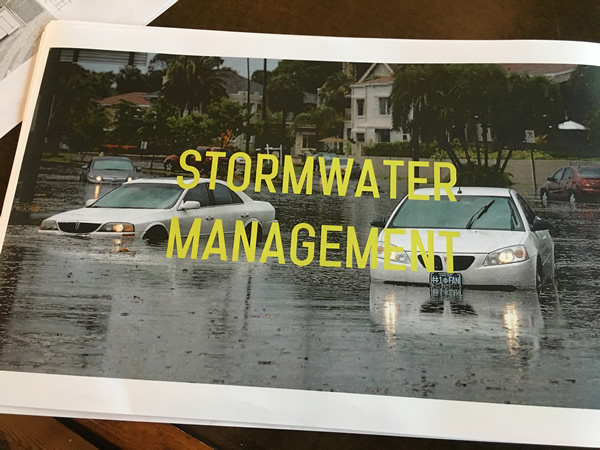
A page from the documents that Josh passed around.
Did you include hurricane evacuation routes? The 275 intersections at Nebraska, Florida, Busch are all failed intersections, and in a hurricane, the intersection at Waters would be submerged.
- Have not been able to cover all the angles in my plan
- Turning 275 into a boulevard would allow for managing those intersections, which you can’t do right now
- Evacuation isn’t always the solution, either: more people died as a result of the Hurricane Rita evacuation rather than from
- If you design the boulevard as an economic development engine, developers will want to come in and build their units around it, and not Wesley Chapel or South Hillsborough
- Bringing people into dense mixed-use developments is as important as hurricane evacuation
A driverless shuttle bus under consideration by HART (Hillsborough Area Regional Transit Authority). Click the photo to find out more.
What about the autonomous vehicle argument?
- Autonomous vehicles are brought up a lot in the planning profession
- I think autonomous vehicles have a purpose, especially for the “first mile” and “last mile”
- I don’t see Jeff Vinik building Channelside around autonomous vehicles
- Instead, he’s building around streetcars to aid in density
- I think autonomous vehicles are fascinating and have plenty to offer for future transport
- We don’t have to do autonomous vehicles all at once, but phased in
- We could have country’s first autonomous bus pilot program
A page from the documents that Josh passed around. Click the photo to see it at full size.
Why wasn’t transit included as part of the Crosstown Expressway plan?
- It was planned by a DOT of a different era
- The DOT is different today
- It takes a lot of time before transit gets implemented in a city
- As far as transit in concerned, Tampa’s in that “awkward teenager” phase, a growth phase
- We can either come out of it with a transit plan like that cities like Charlotte have, or we end up in car-centric gridlocks like Atlanta and LA
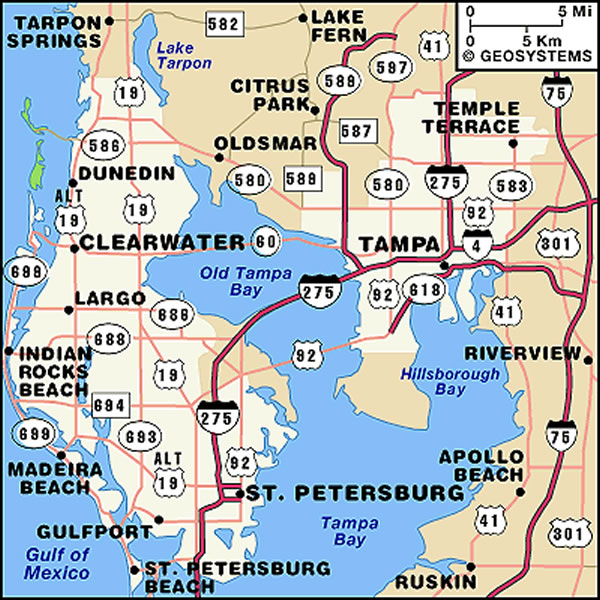
Minneapolis has same problem that we have: 2 cities, and many counties. Yet they managed to build an independent body to handle transit. Is there something like what they have brewing here?
- I haven’t heard of anything like that here
- Keep in mind that unlike Minneapolis/St. Paul, there’s a huge body of water separating our cities, so our situation’s not quite the same
- I’d love to have the ferry as a transit option
- In the end, our transit problem will require not just one, but a bunch of solutions
- “There is no silver bullet, but there is silver buckshot”
Other discussion
- FDOT is rolling out a variety of things, including a regional transit study next year
- There are local groups, like Citizens’ Acedemy, who are working on webinars explaining transit planning and its terminology to laypeople, so they know what city planners are talking about
- We have an opportunity: What other ways can we adopt a better conversation? How else do we engage in the conversation and engage citizens? How do we get people involved?
- I lament a lot about how there isn’t much citizen representation at these meetings
- There are great initiatives:
- People uniting to ride the bus more often
- There are a lot of community design session where you can give feedback on transportation and walkability
- We have to start valuing this as business owners and entrepreneurs
- I could easily pack up and move to Denver or Portland, but I want to stay here
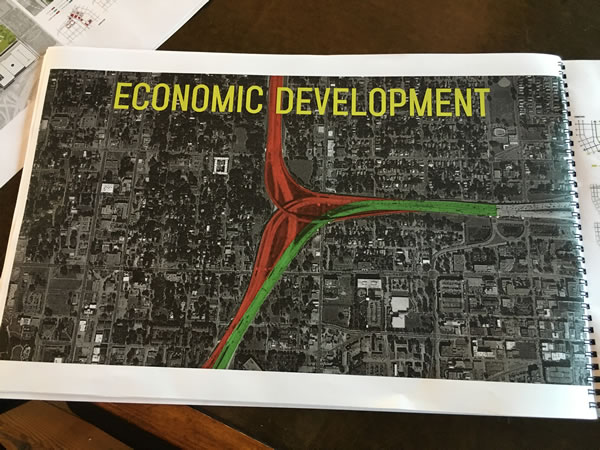
- If you’re building a building, consider how the building affects the public realm before the bottom line
- If you hire architects and engineers, consider best practices
Photo by Chris Vela, Sunshine Citizens.
Click the photo to see it at full size.
I-275 lowers property value
- The City of Tampa is funded primarily via property tax
- Lowered property values mean lowered tax revenues
- Any high capacity roadway lowers property values
- A study of realtors’ outcomes and the effects of noise pollution showed that for ever decibel over 55 (about the same level of noise as in a restaurant or office), you lose $1800 off property value
- The 275 corridor’s average noise level is 85db, which means 275 lowers property values by $54,000
- That means that 11 miles of property is depressed
- At the same time, property values increase around transit stations
- The boulevard’s combination of noise reduction and transit could bring surrounding property up from depressed to market value to above market value
- Maybe that’s how you fund HART or extend the streetcar
- 275 is a massive anchor
More about Café con Tampa and Oxford Exchange
Café con Tampa takes place in the wonderful setting of Oxford Exchange, a combination of restaurant, book store, gift shop, co-working space, design studio, event venue, and one of the best “third places” I’ve ever set foot in. Every Friday between 8 and 9 a.m., Café con Tampa features not only interesting guest speakers, but an interesting audience that’s often a mix of movers and shakers from the worlds of arts, business, academia, and government. If you want to have interesting conversations with some of the area’s movers, shakers, and idea-makers (and enjoy Oxford Exchange’s delicious breakfast spread), you should come to Café con Tampa.
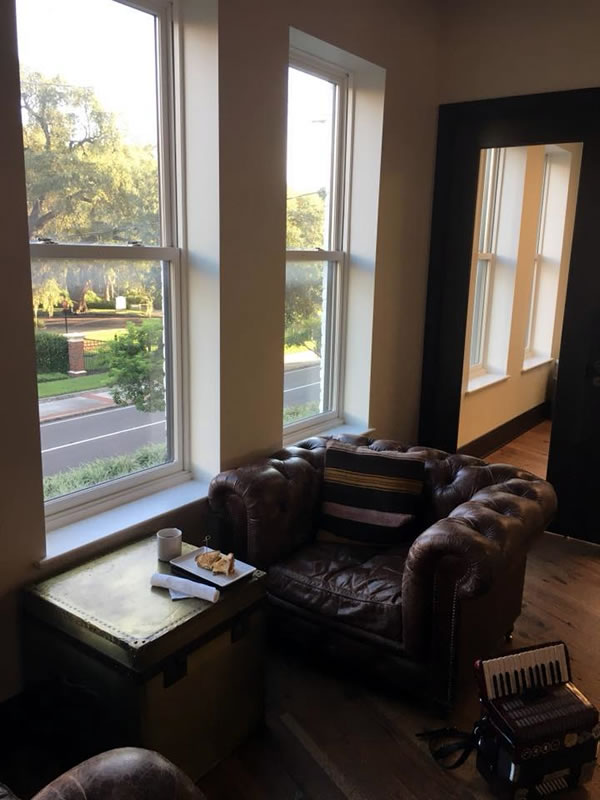
My favorite seat at Café con Tampa: big, comfortable, and near a window with the view of University of Tampa’s Henry B. Plant Museum.
Café con Tampa speakers whom I’ve covered in this blog include:
- Yann Weymouth, architect and designer of the Salvador Dali Museum in St. Pete, and chief designer for I.M. Pei on the Grand Louvre Projectin Paris
- Michelle Royal, CEO and founder of RIDG(Royal Innovation Design Group) and creative consultant and idea-generator
- Peter Scorsch, political consultant, political journalist, and editor of SaintPetersblog and FloridaPolitics.com
- Rick Baker, former mayor of St. Petersburg and current St. Petersburg mayoral candidate
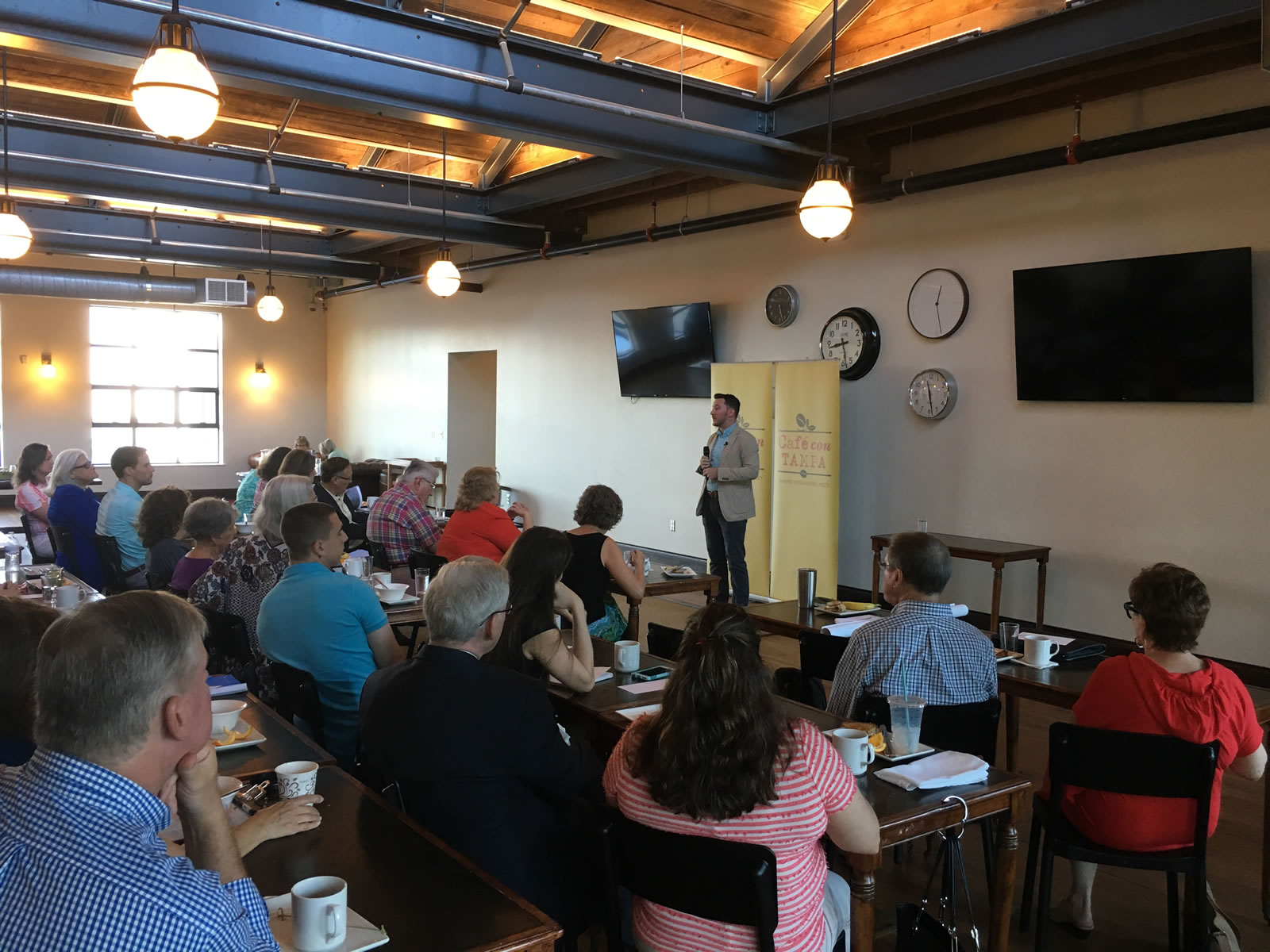
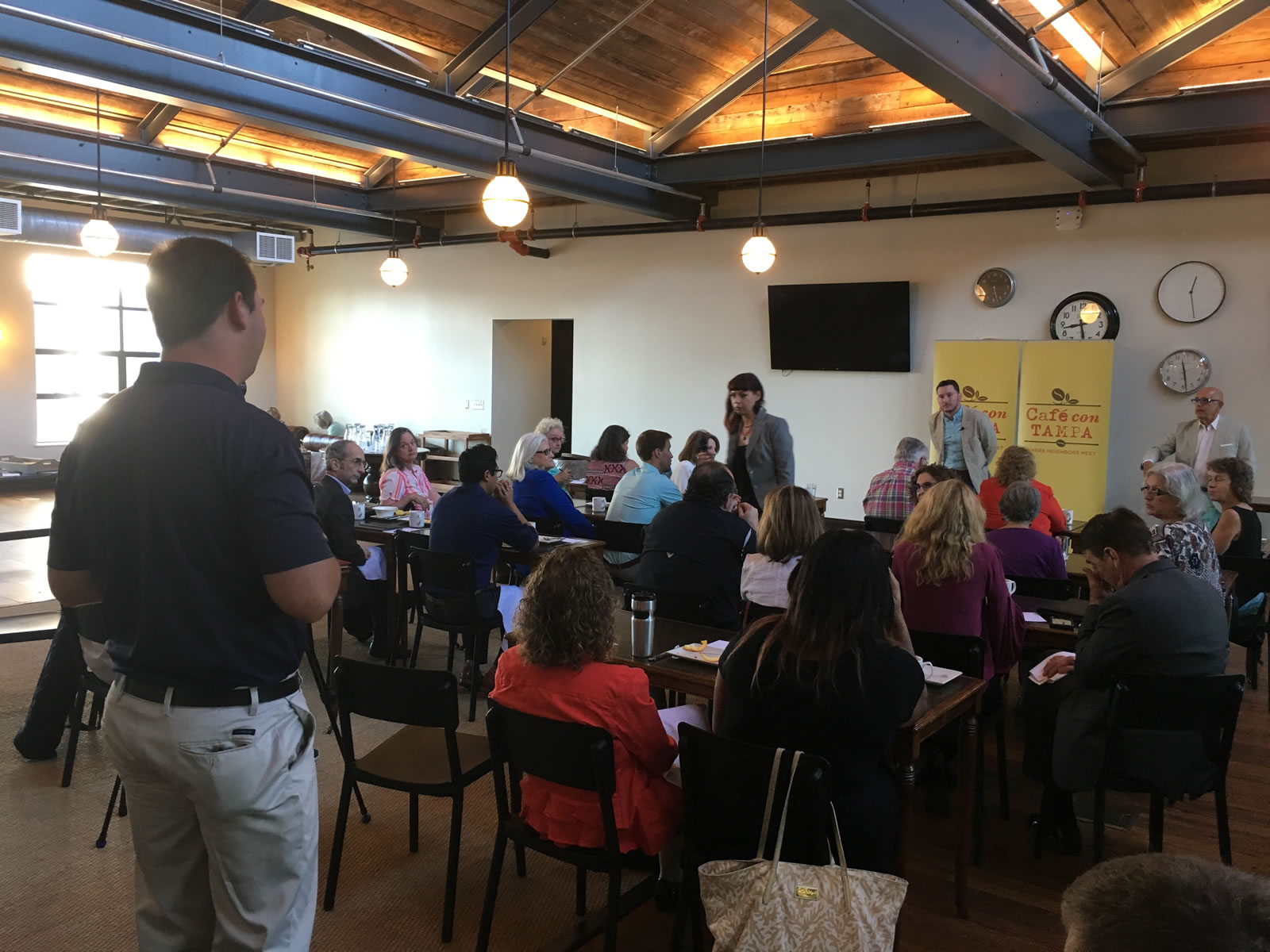

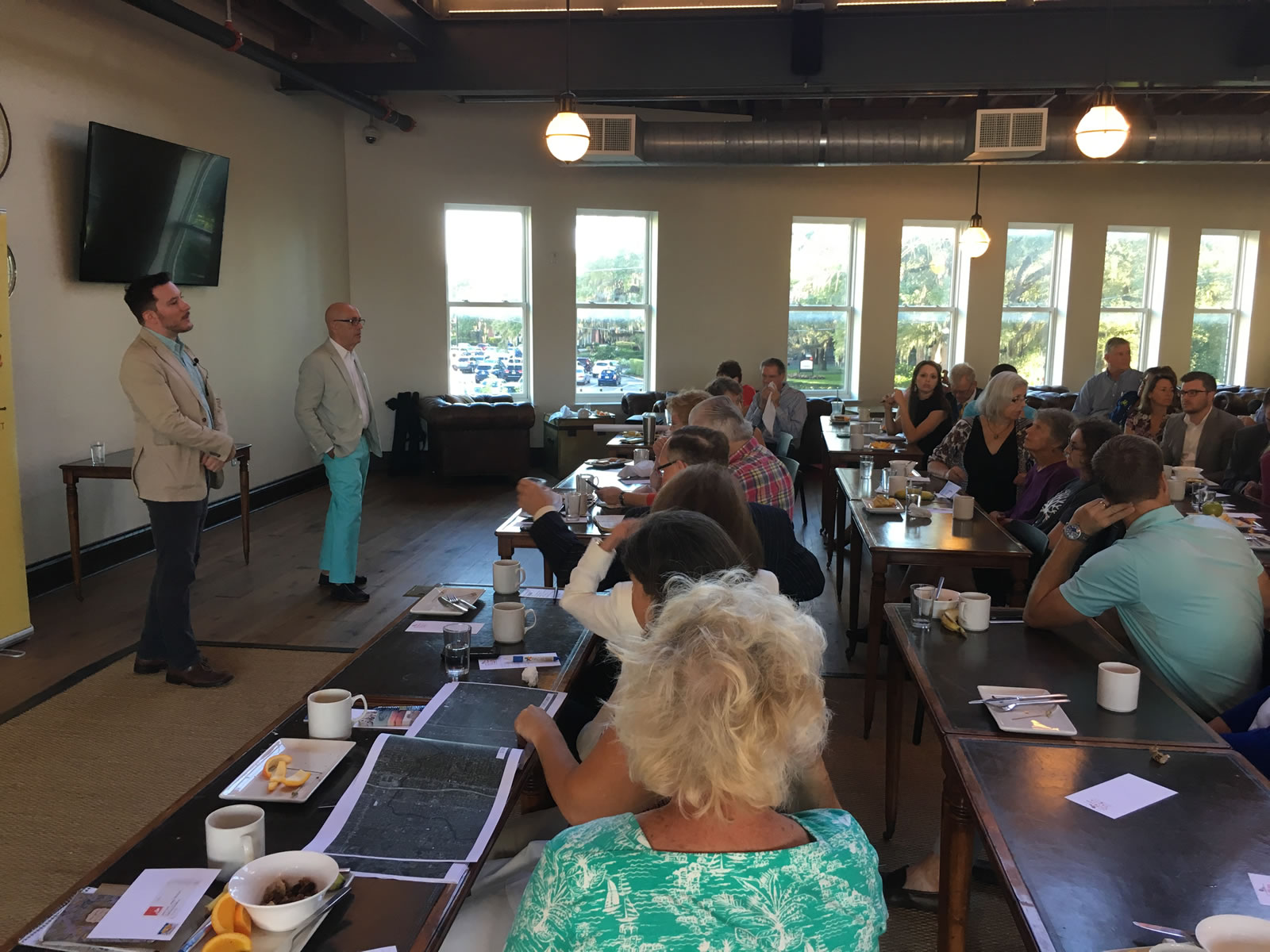
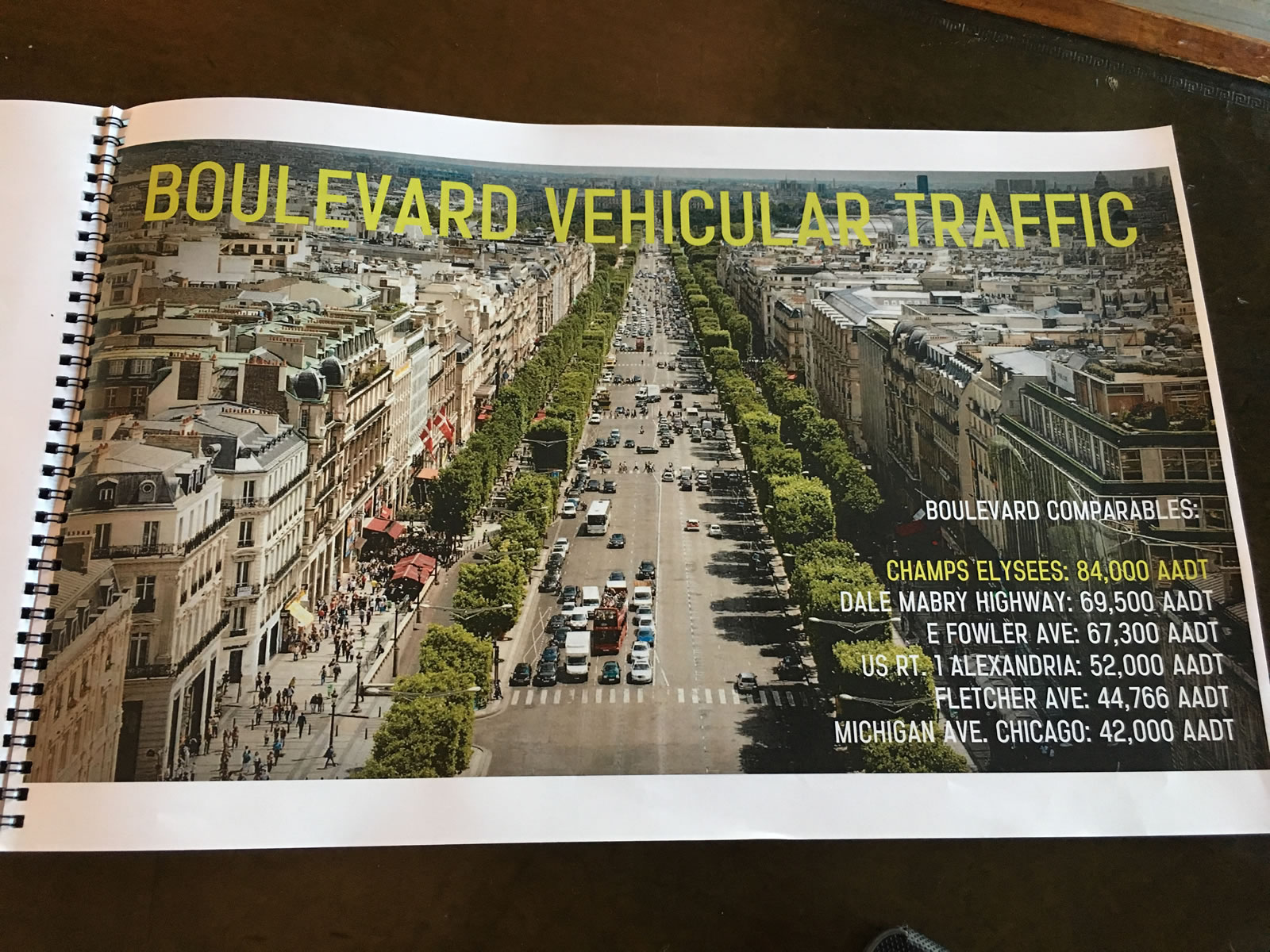
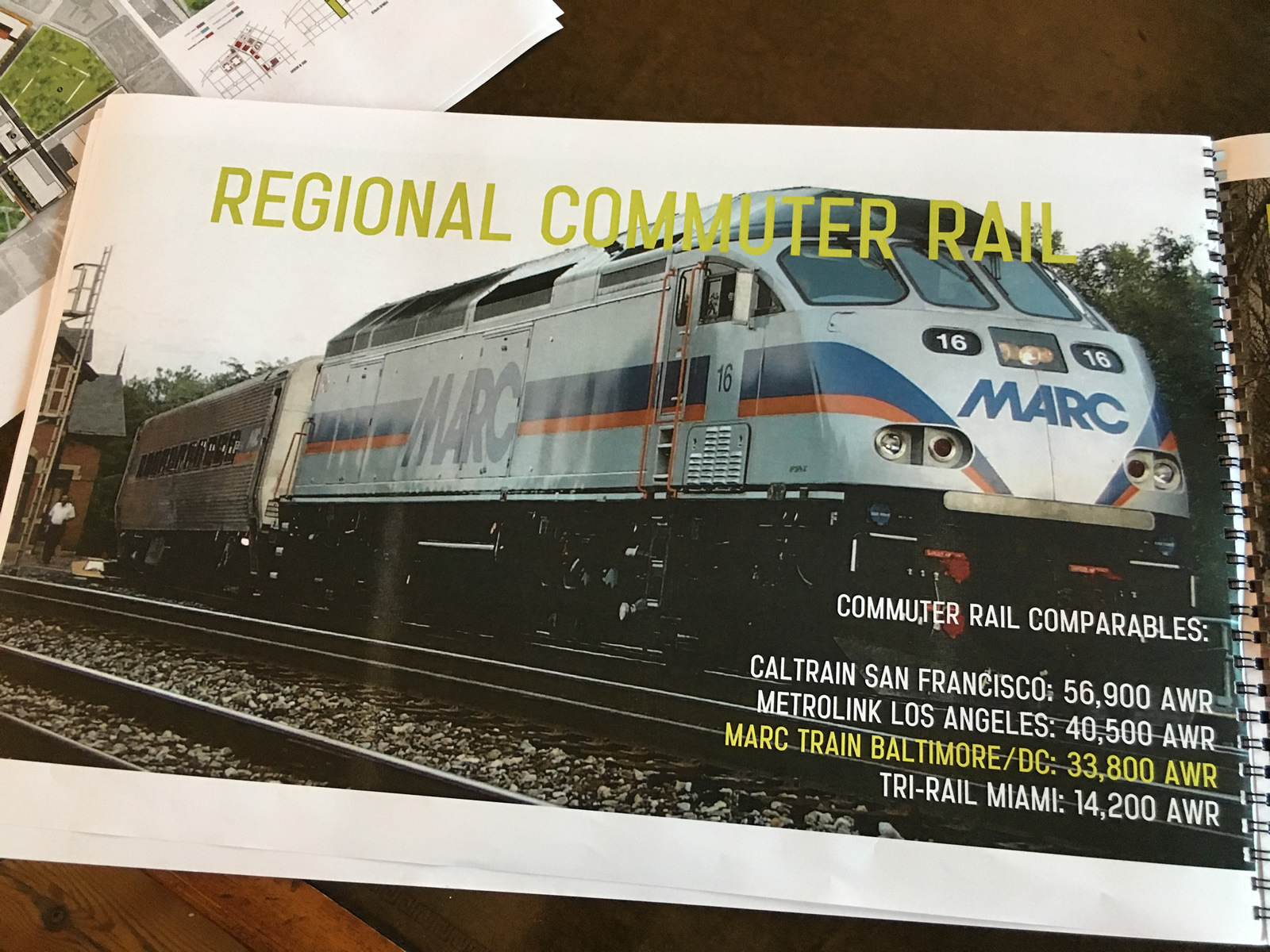
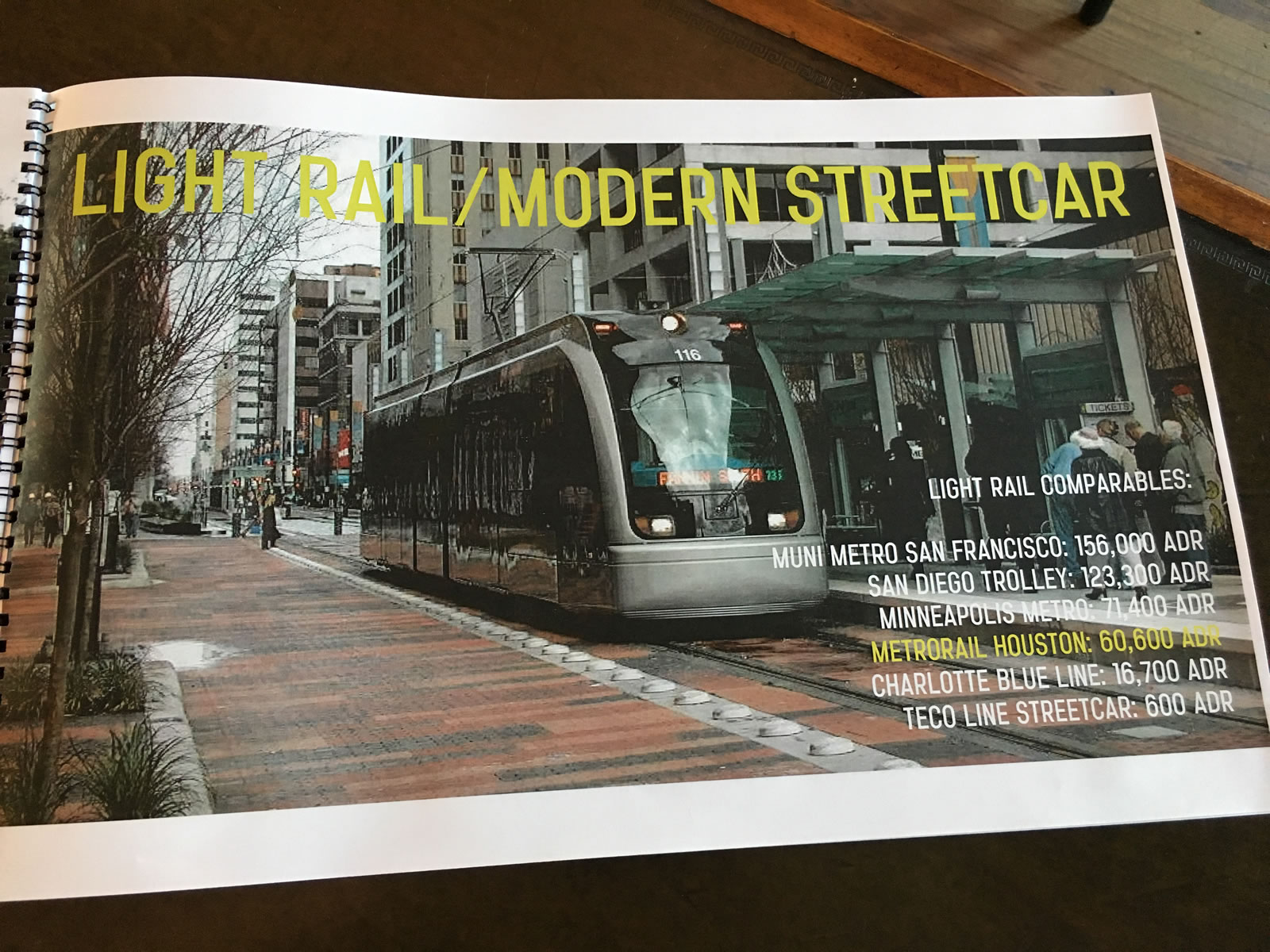
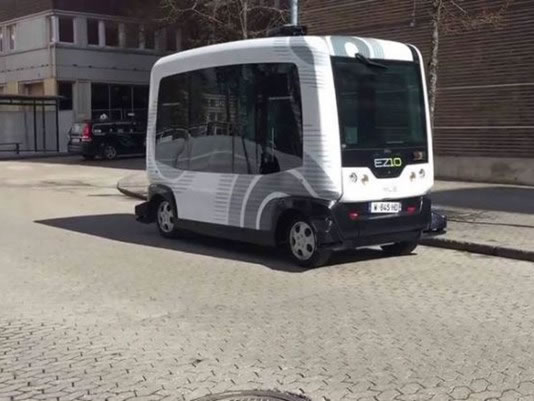
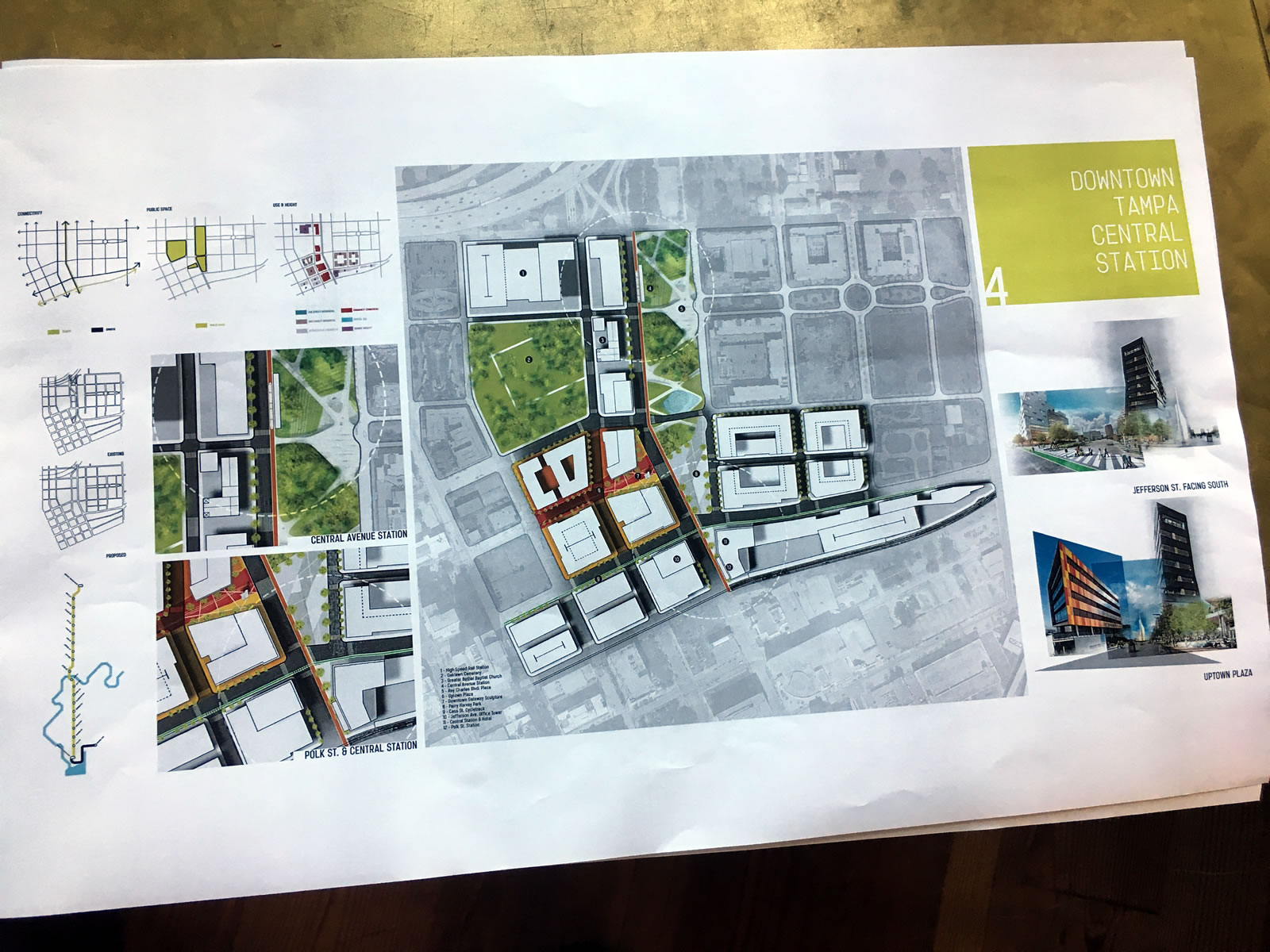
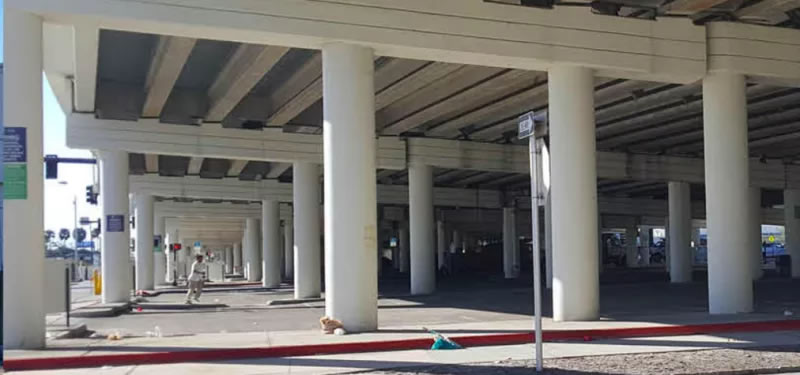
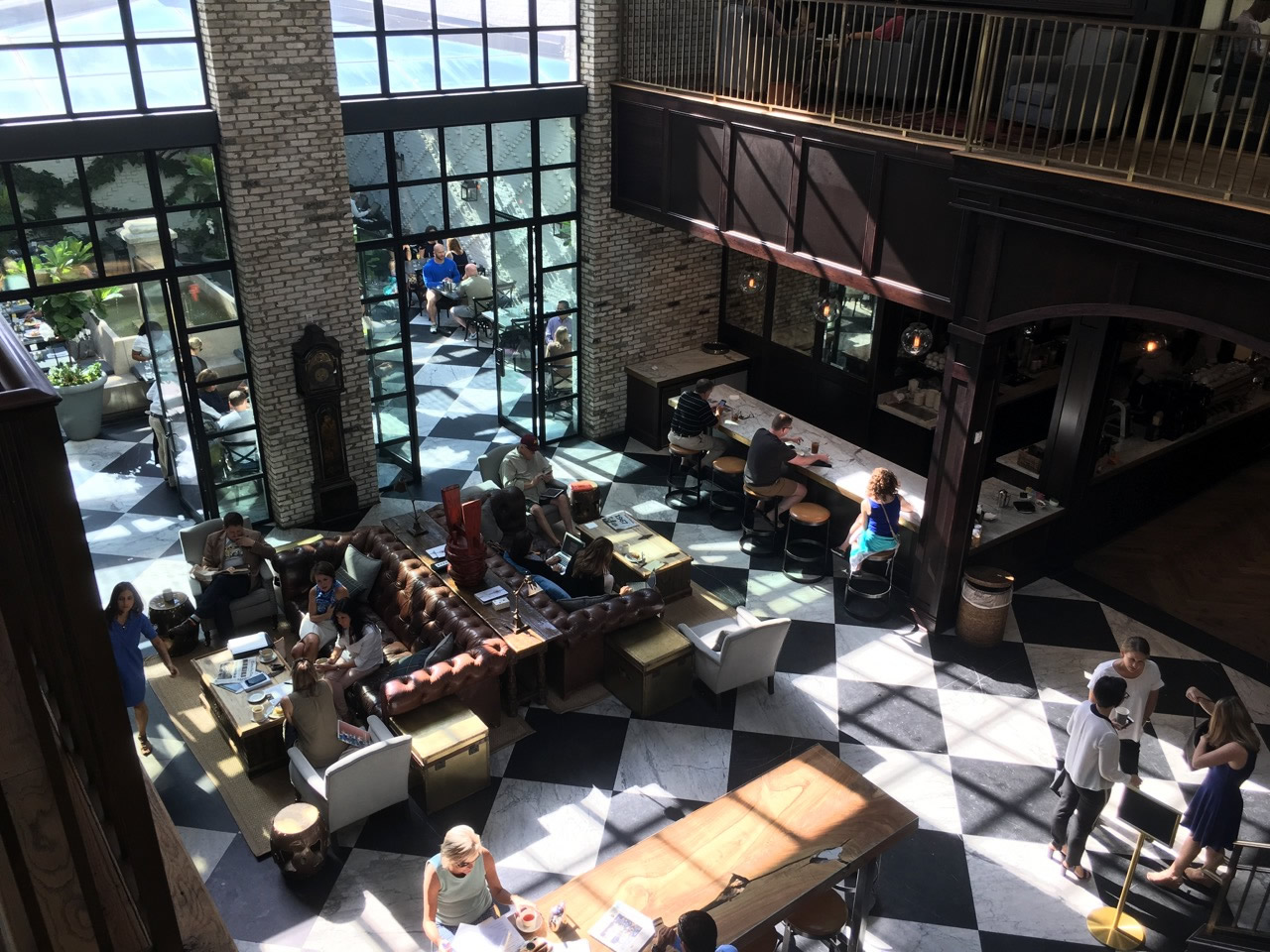
One reply on “Josh Frank on Tampa’s future without I-275 at Café con Tampa”
[…] Josh Frank on Tampa’s future without I-275 at Café con Tampa […]